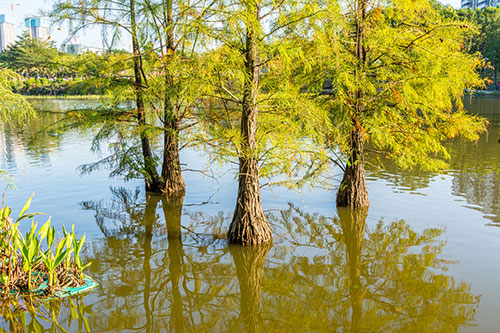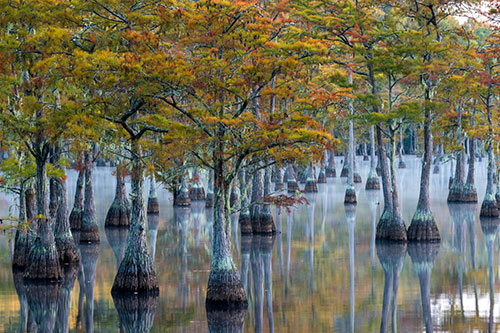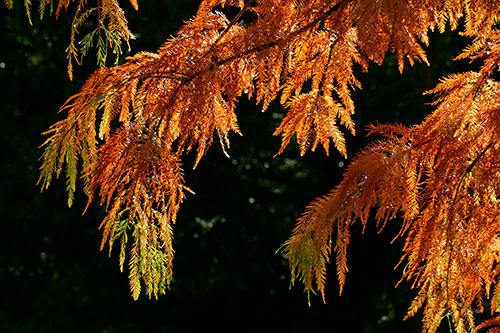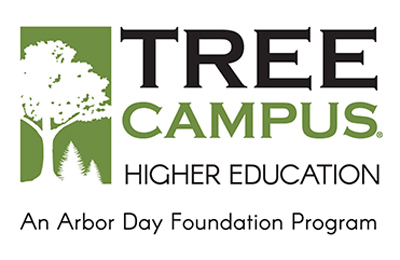Pond Cypress
Taxodium ascendens
This species is often confused with Bald Cypress, but it is a smaller tree. It usually grows on wet sites, primarily sandy pond or lake margins, and thus its name. It also occurs on sandy floodplains, as does the common Bald Cypress, and the two species often grow intermingled. Accordingly, the two trees cannot be distinguished merely by the habitat.
The leaves of the Pond Cypress are about one-quarter of an inch long, narrowly linear, and appressed to the branchlets.
Most authors use leaf characteristics and the difference in the cypress knees to distinguish between the species. The knees are rounded with thick bark in Pond Cypress, but sharp with thin bark in the Bald Cypress.
The bark is grayish to reddish brown and is usually deeply furrowed. Seeds are borne in rounded cones about one-half to three-quarters of an inch in diameter.
Pond Cypress shares wood characteristics with Bald Cypress, and lumber from one tree is not distinguished from the other. The wood is highly valued for trim and other uses subject to the weather. Cypress heartwood is very durable and is traditionally used for fences, pens, and other structures in contact with the soil.
Visit our Tree Campus homepage for more information.
Tree information provided with permission of the Florida Department of Agriculture and Consumer Services for more information visit https://ffs.fdacs.gov/ftof/index.php.




